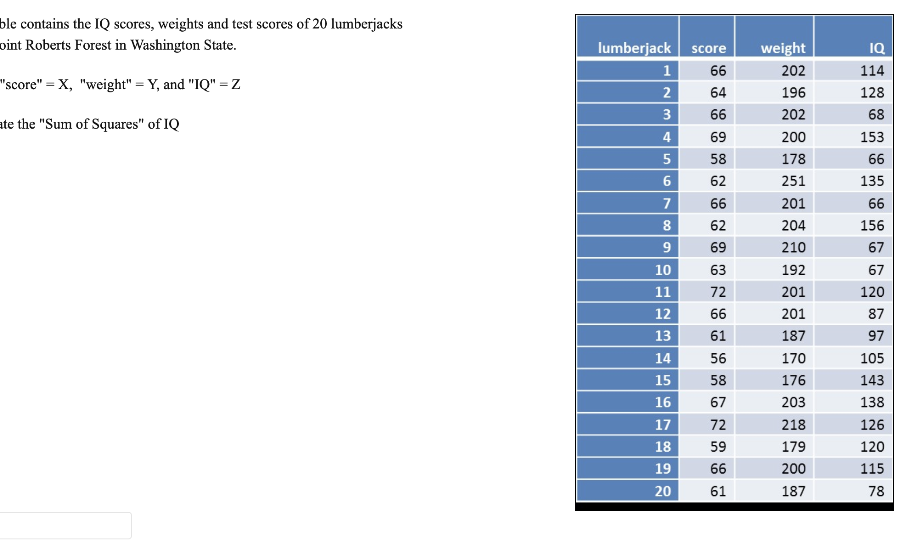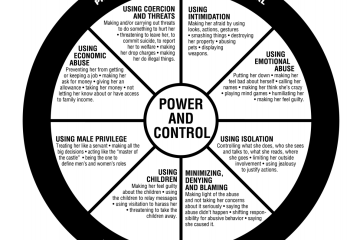The Importance of Forest Score in Environmental Conservation

Introduction
As the impacts of climate change become more severe, the health of the planet’s forests is under increasing scrutiny. The concept of ‘Forest Score’ has emerged as a critical metric in assessing the state of forests worldwide. This scoring system evaluates tree cover, biodiversity, and the overall ecological health of forested regions. Understanding Forest Score is essential not only for conservationists but also for policymakers, businesses, and the general public.
What is Forest Score?
Forest Score originated from a need to quantify the health and coverage of forests as ecosystems. Drawing from satellite imagery and global data sets, it provides an index that reflects sustainability, carbon capture capability, and biodiversity. Countries and regions with higher Forest Scores typically exhibit robust tree cover, which directly contributes to enhanced carbon sequestration and habitat preservation.
Recent Developments
Recent studies suggest that the global average Forest Score has experienced fluctuations due to factors such as deforestation and natural disasters. According to a report by Global Forest Watch in 2023, areas with significant development projects, such as agriculture and urbanisation, have observed a decline in their scores. Conversely, regions implementing reforestation projects have shown improvements, highlighting the positive impact of organized conservation efforts.
Significance of Forest Score
Forest Score is more than a mere number; it serves as a crucial tool in guiding environmental policies and initiatives. For instance, high scores can attract investment in sustainable practices, while low scores may prompt immediate intervention from governments and non-governmental organisations. Moreover, accurate monitoring through Forest Score can help in tracking progress towards international agreements, such as the Paris Agreement, which emphasises the importance of protecting and restoring forests to mitigate climate change.
Conclusion
In conclusion, Forest Score stands as a vital indicator of the health of our planet’s forests and their capacity to sustain life. As concerns regarding climate change and biodiversity loss intensify, understanding and utilising this metric will be crucial in shaping future conservation strategies. For readers, staying informed about Forest Score can empower individuals and communities to advocate for sustainable practices and support initiatives aimed at protecting our precious forest ecosystems.









